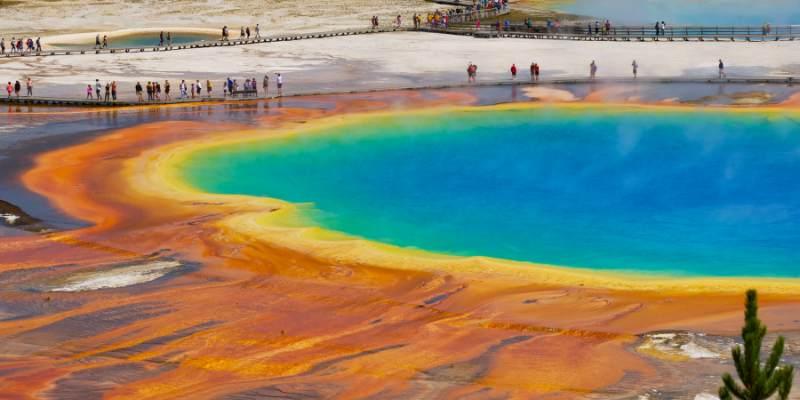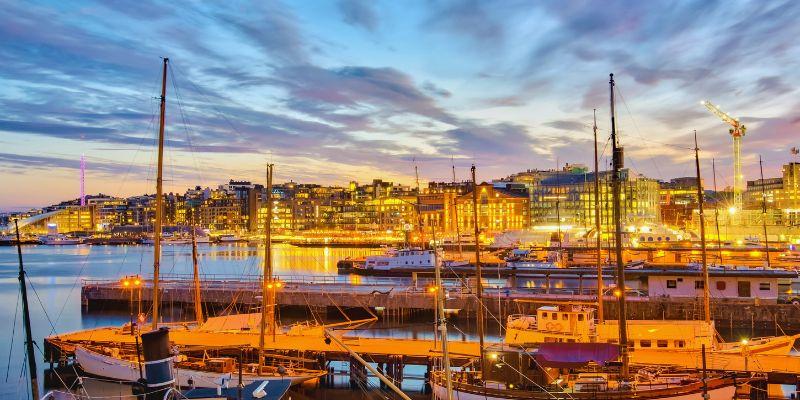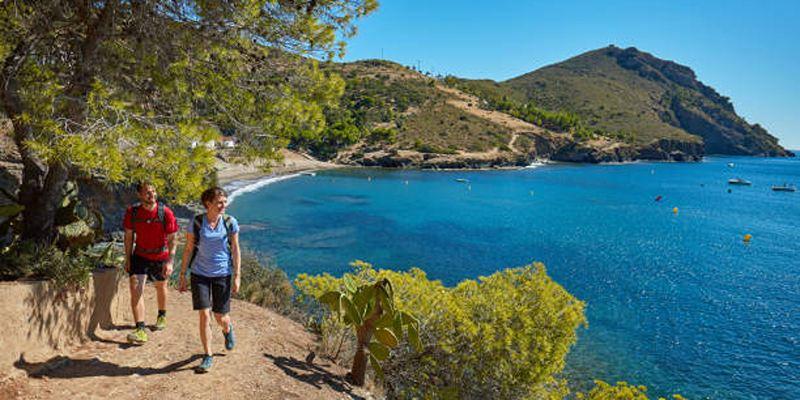The Camino de Santiago is one of the most meaningful long-distance journeys in Europe, with multiple routes guiding walkers toward Santiago de Compostela. Among these paths, the Portuguese Way has grown into a popular alternative for those seeking natural scenery, lighter crowds, and a walking experience grounded in rhythm and reflection. It stretches through forest paths, coastline trails, and welcoming towns—all without the pressures found on the busier French Way.
For travelers considering which route to take, the Portuguese Way offers several advantages. From its gentle terrain to its tranquil atmosphere, here are the top reasons why this path may be the ideal option for a fulfilling Camino.
1. Less Crowded, More Personal
One of the most distinct benefits of the Portuguese Way is the manageable flow of fellow travelers. Unlike the French Way, which can be crowded during peak seasons, the Portuguese route maintains a more relaxed pace. This means quieter trails, easier access to accommodations, and the freedom to walk without constant interruptions.
Many who walk the Portuguese Way find themselves surrounded by open fields, forest paths, or ocean views with only the occasional greeting from another walker. The calm nature of the trail supports deeper presence and allows for extended moments of solitude—ideal for those walking with personal intention, reflection, or simply looking to unplug.
2. A Variety of Routes to Suit Any Timeline
Flexibility is another strength of the Portuguese Way. The full route begins in Lisbon and spans over 600 kilometers, while a more popular starting point is Porto, which offers a shorter 240-kilometer journey. For those looking to walk the final 100 kilometers required to receive the Compostela certificate, starting in Tui (just over the Spanish border) is a common choice.
This range of options makes the Portuguese Way accessible to walkers of all experience levels and time commitments. Each segment offers a complete experience with its own highlights—whether beginning in a large city or a quiet town—and all end at the shared destination of Santiago.
3. Gentle Terrain with Moderate Daily Distances
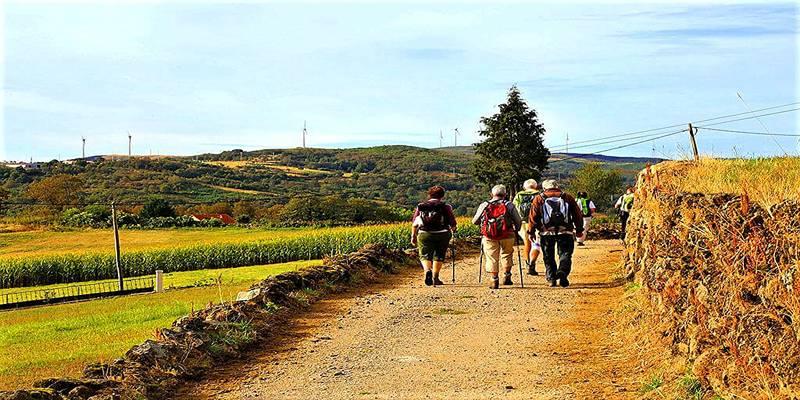
The Portuguese Way is known for its forgiving terrain. Compared to the steep climbs and rocky paths of other routes, it offers more consistent walking conditions, especially along the inland Central path. Many of its sections are flat or only mildly inclined, making it ideal for first-time pilgrims, older travelers, or those with physical limitations.
In addition to being physically accessible, the route allows for balanced daily distances. With most towns and accommodations spaced between 15 to 25 kilometers apart, walkers can plan each day based on their own energy levels and preferences—without needing to rush or push beyond comfort.
4. Scenic Variation Across Land and Coast
The Portuguese Way offers both inland and coastal routes, giving walkers a rare chance to choose the type of scenery they prefer. The inland Central route winds through rolling farmland, stone-paved villages, eucalyptus forests, and riverside trails. The Portuguese Coastal Way, starting from Porto, follows the Atlantic coast with long boardwalks, sea breeze, and panoramic water views.
Both options offer a refreshing alternative to mountain-heavy routes and provide ample visual diversity. The terrain shifts slowly enough to absorb but never feels monotonous. Many travelers blend both inland and coastal paths, creating a hybrid route that matches their mood and physical needs.
5. Warm Hospitality in Smaller Communities
The towns and villages along the Portuguese Way are often small, calm, and welcoming. Without the crowds that flood larger routes, interactions with locals feel more personal. Accommodations include pilgrim albergues, family-run guesthouses, and rural lodges that prioritize rest and simplicity.
Cafés and rest stops cater to walkers with affordable meals, snacks, and shaded places to pause. These community-supported services contribute to a sense of trust along the journey—knowing that support is never far away, but that it comes with kindness rather than pressure.
6. Ideal for Reflection and Mental Clarity
Because of its quieter setting, the Portuguese Way provides more mental space than many other routes. Without the crowd-driven pace or constant social activity, travelers find themselves immersed in their surroundings with time to think clearly. Whether contemplating a transition in life, finding inspiration, or simply decompressing, this route allows reflection to unfold naturally.
Walking itself becomes a meditative activity. Step after step, the body settles into a rhythm, and the mind begins to quiet. Fields sway in the wind, forest trails narrow into silence, and stone trails carry the sounds of birds and footsteps. These moments foster clarity not often found in daily routines.
7. Strong Infrastructure Without Overdevelopment
The Portuguese Way is well-maintained, with marked trails, reliable wayfinding signs, and regular facilities—yet it avoids the over-commercialization seen in some parts of the Camino. The infrastructure feels present but unobtrusive, striking a balance between accessibility and authenticity.
Pilgrims can easily find water, restrooms, food, and sleeping options without needing a detailed itinerary or reservations months in advance. At the same time, the route avoids becoming overly modernized, preserving its local charm and natural elements.
8. A Memorable Arrival in Santiago
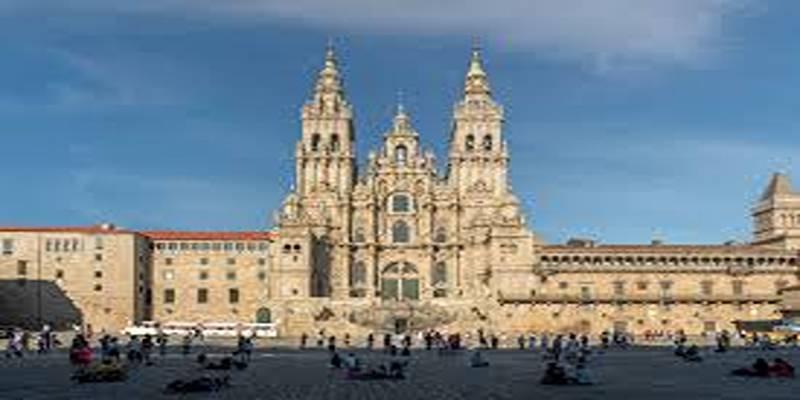
As with all Camino routes, the final destination is Santiago de Compostela. Arriving in the city is an emotional experience for many—marked by the final steps into the square, the sense of completion, and the knowledge that a journey has just ended but also begun anew.
What makes the Portuguese Way special is the calm energy most walkers carry into the finish. After days or weeks of quiet progress, the arrival feels personal and earned. There’s no rush, only a sense of fullness from having walked through space with steady care.
Conclusion
Choosing the Portuguese Way for the Camino de Santiago is more than selecting a path—it’s choosing how to experience the journey itself. With balanced terrain, meaningful solitude, welcoming towns, and a calm daily rhythm, this route supports reflection, ease, and genuine movement through one of Europe’s most cherished pilgrimage experiences.
Whether you’re drawn by nature, personal renewal, or the simplicity of walking with purpose, the Portuguese Way quietly offers what many travelers are searching for: time, space, and a journey made by your own steps.


